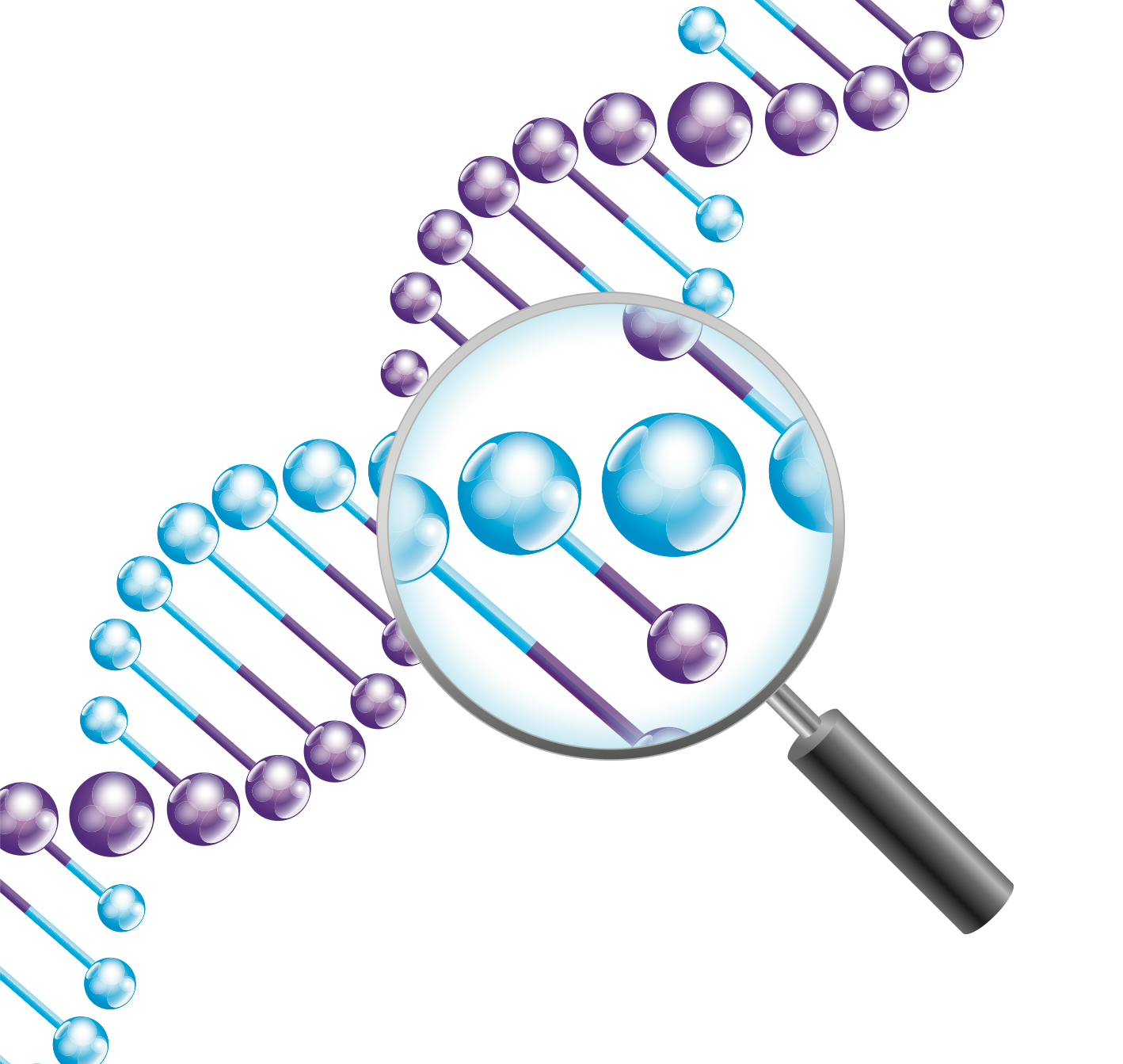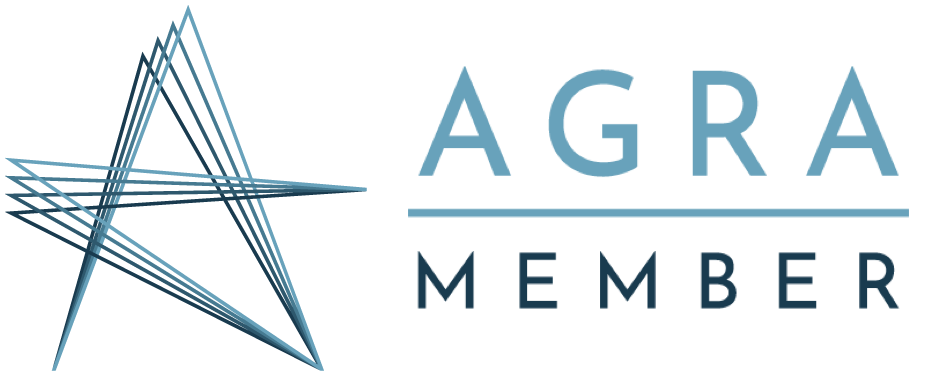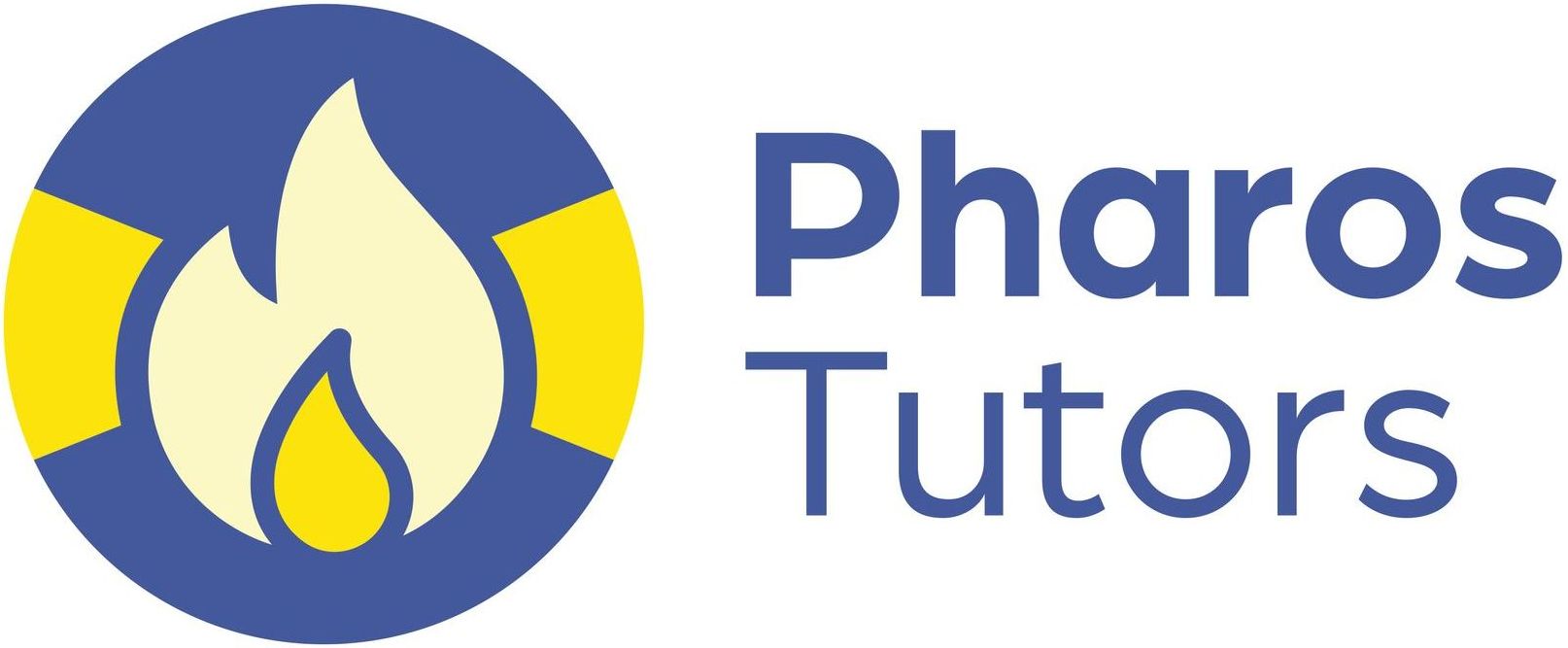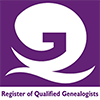Starting Family History: Birth, Marriage and Death Certificates
This forms Part 2 of my beginner’s guides for those just starting out with their family history research in England and Wales. Part 1 looked at the General Register or GRO indexes of birth, marriage and death in detail. Next time we will look at census records.
On 1st July 1837 legislation took effect that ordered the registration of births, marriages and deaths. Certified copies of these entries from the registers form birth, marriage and death “certificates”.
When embarking on a journey into the history of your family the most fundamental building blocks from 1837 onwards are birth, marriage and death certificates. These provide evidence as to the places of birth, marriage and death of your ancestors but also provide a variety of information about where they lived, other family members and how they earned a livelihood.
The detail of the information contained in each type of certificate has changed over the years but is considered in general terms below:
Birth certificates
- Date of birth
– If a time is provided this is usually an indication of a multiple live birth.
- Place of birth
– Before c.1880 it was common for just a village name to be entered. Later entries tend to have more detail.
- Forenames
– Some children were registered as simply “male” or “female”. This may have been because the parents had not yet decided on a name, the baby was to be given up for adoption or the baby died shortly after birth.
- Sex
- Father’s name
– Illegitimacy: Between 1837 and 1850 there was some confusion as to whether the name of the father of an illegitimate child should be included and so sometimes it was sometimes it was not. From 1851 to 1874 the father’s name and occupation should not have been recorded if the child was illegitimate. Following the Registration Act of 1875 and up to 1953 the father’s details could only be included if both parents signed as informants.
- Mother’s name including maiden surname
– An entry such as “Mary Smith late Jones formerly Johnson” indicates that the mother’s maiden name was Johnson and that she married a Mr Jones before Mr Smith.
- Father’s occupation
- Signature, description and residence of the informant
- Date of registration
– Births were required to be registered within 42 days of the birth, thus a birth on the 2nd December may not have been registered until January of the following year. There are exceptions to this requiring authorisation of the Superintendent Registrar or Registrar General.
Marriage certificates
- Date of marriage
– Note that there is no separate column for date of registration as marriages were registered as they occurred.
- Names of bride and groom
– These are the names at the time of marriage and may not necessarily be the name given at birth. Some certificates will include wording such as “otherwise known as” but not all.
- Age of bride and groom at date of marriage
– In 1837 the legal ages of marriage were 12 years for a girl and 14 years for a boy, with parental consent required for those under age 21 years.
– From 1929 the legal age of marriage was changed to 16 years for either gender with parental consent still required for those under age 21 years.
– From 1969 the legal age of marriage remained 16 years for either gender but parental consent was only required for those under age 18 years.
– “Full age” indicates someone to be age 21 or over.
- Marital status of bride and groom
- Occupation of bride and groom
- Residence at the time of marriage of bride and groom
- Name and occupation of the fathers of the bride and groom
- Names of witnesses
Death certificates
- Date and place of death
– As with birth certificates the level of detail increased with time. Note that someone could die some distance from home and that place of death does not indicate place of residence.
- Sex
- Age
– As this was provided by the informant it was not always accurate.
- Occupation
– For wives, widows and children the occupations was usually given as “wife / widow / son / daughter of ….”
- Cause of death
- Name and surname of deceased
- Informant’s details
– From 1875 the informant’s details included the relationship to the deceased and their qualification to be an informant, e.g. present at the death.
- Date of registration
– Deaths were generally required to be registered within 5 days, though longer periods were allowed where a post-mortem and / or inquest was carried out.
Many believe that the internet sites provide access to images of the birth, marriage and death registers. Unfortunately this is not the case: What can be searched are the national or General Register Office (GRO) indexes of births, marriages and deaths for each year (see previous blog post). Once a GRO reference has been found a copy of the certificate may be ordered from the General Register Office via: https://www.gro.gov.uk/gro/content/ or phoning 0300 123 1837. Copies are available elsewhere but tend to be more expensive than the fees charged by the GRO. An alternative source of information is to obtain the certificate from the local Superintendent Registrar.
Further reading
- M. Herber, Ancestral Trails, 2nd ed., The History Press, 2008
- J. Cole & J. Titford, Tracing Your Family Tree, Countryside Books, 2003
- C. Heritage, Tracing Your Ancestors Through Death Records – A Guide for Family Historians, Pen & Sword, 2013








